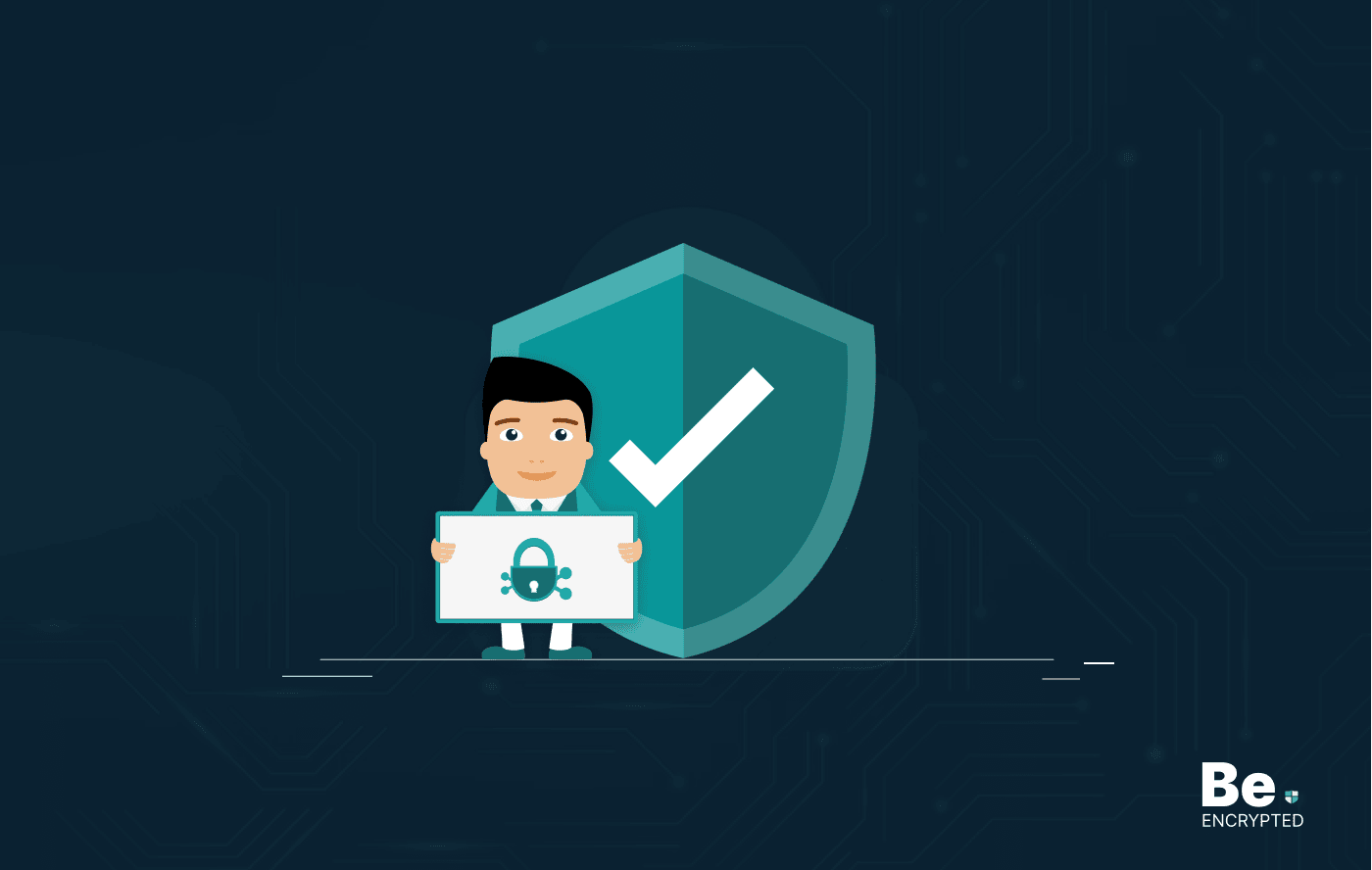The frequency and effectiveness of cyber attacks like phishing are increasing, resulting in dire consequences such as reputational damage, data loss, and financial loss. Human error is the prime cause of cyber attacks in an organization. Some 95% of data breaches result from human mistakes, confirming the widely accepted idea that humans are the weakest link in cyber security.
However, human vulnerabilities are avoidable and only become a liability due to poor cybersecurity practices and inadequate cybersecurity training and awareness. You can educate the end-user using a technique called gamification.
What is cybersecurity gamification?
Cybersecurity Gamification is a method that adds fun, engagement, competition, and motivation to online security awareness training. It is a powerful and unique way to improve the standard of cyberlearning and encourages professionals to practice what they have learned in real time.
How does gamification improve cybersecurity?
Essentially, gamification in cybersecurity has become a new trend in organizations because it maximizes positive learning outcomes in a fun and entertaining way. By blending micro-lessons, competition, and entertainment, gamification increases enthusiasm and retention during security awareness training.
One recent study found that 88% of people believe gamification makes them happier during training. In this sense, gamified learning is a real boom, as it changes the way of learning and positively impacts employees.
An organization faces several hurdles during a cybersecurity awareness training program, but gamification makes things easier. There are several ways in which gamification improves cybersecurity, some of which are as follows.
Enabling behavior change
Team members often think the content is irrelevant during traditional, lecture-based cybersecurity awareness and training programs. Though they complete the required material, they fail to integrate it into their professional lives due to a lack of practice and motivation.
Gamification is the best solution to this problem. It helps users grasp the concepts easily, resulting in positive behavior change. Users become more involved with the subject when interacting with content that engages them and receives feedback through points, rewards, or appreciation.
Enhancing engagement and motivation
Cybersecurity training occurred monthly and consisted of posters, banners, presentations, and long lectures. While these materials conveyed relevant information, they were often uninspiring and failed to engage and motivate the users. Hence, awareness and training are not enough to reinforce their skills and behavior. Incorporating personalization and gaming within training campaigns leads to better engagement.
Users enjoy playing games since they are interactive and keep people motivated. When participants are rewarded, they feel accomplished that they are taking the appropriate actions and continue to participate in learning and improving.
Gamification is measurable
Adding gamification to cybersecurity training makes it a competitive and enjoyable team activity, but it doesn’t mean it is a less severe training tool. Because it occurs in a digital-first environment, gamification is measurable and tracks users’ progress through leaderboards, points, and scorecards. This makes it an excellent option for companies that want to track their employees’ performance and progress during cybersecurity training.
A well-designed and automated gaming program includes reporting and analytics. It provides insightful data about learner behavior and training engagement.
Increasing knowledge retention
Knowledge retention is a significant issue in cybersecurity training. Users must take certain actions in various routine tasks, such as dealing with phishing emails. If they fail to remember the action by mistake, the risk increases. Frequent feedback helps users retain knowledge better, which is possible by integrating gamification into cybersecurity awareness and training programs.
Gamification provides frequent feedback to the users. When playing games, users can make wrong choices, but by seeing the leaderboards and badges, they can see their performance and whether they have earned it to the next level. In this way, gamification creates many opportunities to improve user behavior, resulting in a robust cybersecurity culture.
What are the challenges of implementing gamification?
Gamification can be implemented in the organization’s cybersecurity training programs in many ways. However, companies face a few challenges when adding the gamification element to their training. These are as follows:
- The most crucial pitfall of gamification is that many designers create games that do not fit all audiences. Other games are well designed but don’t match the goal of the organization’s training and, hence, don’t help the learner engage in the content.
- Sometimes, gamification in cybersecurity training wastes resources because the games are way too complex for users to understand. Thus, designers must be told about the objectives and execution options to achieve the desired results.
- Various development tools available online allow anyone to create a game. While this is good for the tech community, it is also alarming for companies, as cyber attackers can develop a game to target employees, tricking them into making mistakes that cause breaches.
- Integrating gamification elements in cybersecurity training also brings endless update challenges. Cyber training must be an agile process requiring constant updates to use customer behavior, patterns, and industry trends. This can not be achieved if users are playing outdated games.
How to successfully integrate gamified cybersecurity training in your organization
A report finds that 96% of participating employees show improved teamwork, increased awareness, response time, and self-efficiency when they practice gamified exercises in their organization.
Designing a game that matches the intended audience is crucial for implementing gamification. Research what employees like the most, what keeps them engaged and motivated, and which devices they use. All this information helps to develop an initial security awareness game. The organization conducts cybersecurity awareness training using the game that was developed. Later, data is collected to evaluate the effectiveness of the game and the appropriateness of the game elements used.
The gamification of security training can manifest itself in different types of interactive experiences, such as board games, card games, computer games, and virtual reality games. For example, organizations can use a quiz game to test whether employees can recognize fake emails and other phishing techniques to prevent increasing phishing attacks. They can also use rewards and other incentives to motivate users.
These cybersecurity awareness games should also be customizable and based on specific game genres like action, stimulation, or role-playing to meet the organization’s and users’ requirements. Customizing the games makes the content more relevant, relatable, and understandable to the player. Third-party services can also inject personalized, gamified micro-lessons into a day’s work, which helps keep people on their toes.
Gamification in security awareness training’s main focus is increasing player motivation. Games alert players to their progress and make them think about their actions through continuous feedback, and you can also achieve this by implementing various gaming elements.
By integrating gaming elements like badges, rewards, penalties, challenges, competition, leaderboards, and points into cybersecurity training campaigns, organizations can make the gamifying learning experience successful and prompt positive behavior among users.
Organizations can also infuse AI and ML technologies into their game-based training programs. These advanced technologies update the gaming environment according to new problems and data, enhancing the learning experience.
Share this article
About the Author
Hasnain Khalid is a passionate streaming and security enthusiast, who has proved his expertise on renowned tech publishers. With a keen eye for online safety and a love for all strеaming matters, Hasnain combinеs his еxpеrtisе to navigatе thе digital world with confidеncе and providе valuablе insights to usеrs worldwidе.
More from Hasnain KhalidRelated Posts

19 Best Vulnerability Management Software or Tools in 2024
KEY TAKEAWAYS Vulnerability management tools scan and detect weaknesses within the network that hac...

How to Detect, Identify and Fix Packet Loss with Best Tools
KEY TAKEAWAYS Packet loss reduces the speed and amount of data that flows through the network. This ...

15 Best Network Security Software – Top Pick Of Organizations
KEY TAKEAWAYS Network security software keeps the data secure and blocks malicious or potentially vu...

15 Best Virtual Machine Software for Windows in 2024
KEY TAKEAWAYS Virtual machine software is a vital tool for developers to deploy VM software to test ...

What is Software Deployment: Risks and Best Practices
KEY TAKEAWAYS Software deployment is facing various security risks amidst the advancements in the in...

Building Encryption into the Network Fabric with SASE
A network fabric is a mesh of connections between network devices such as access points, switches, a...


